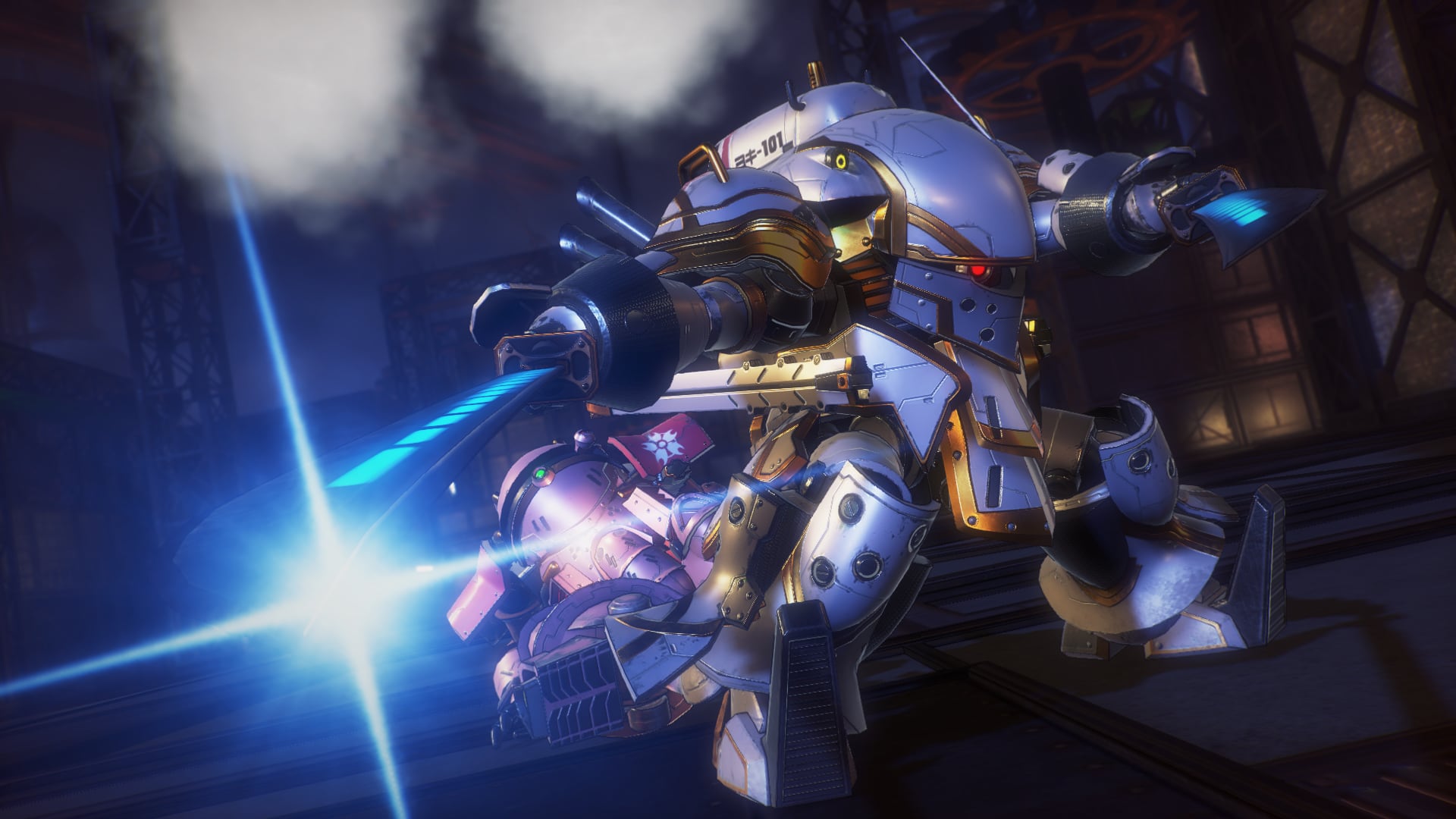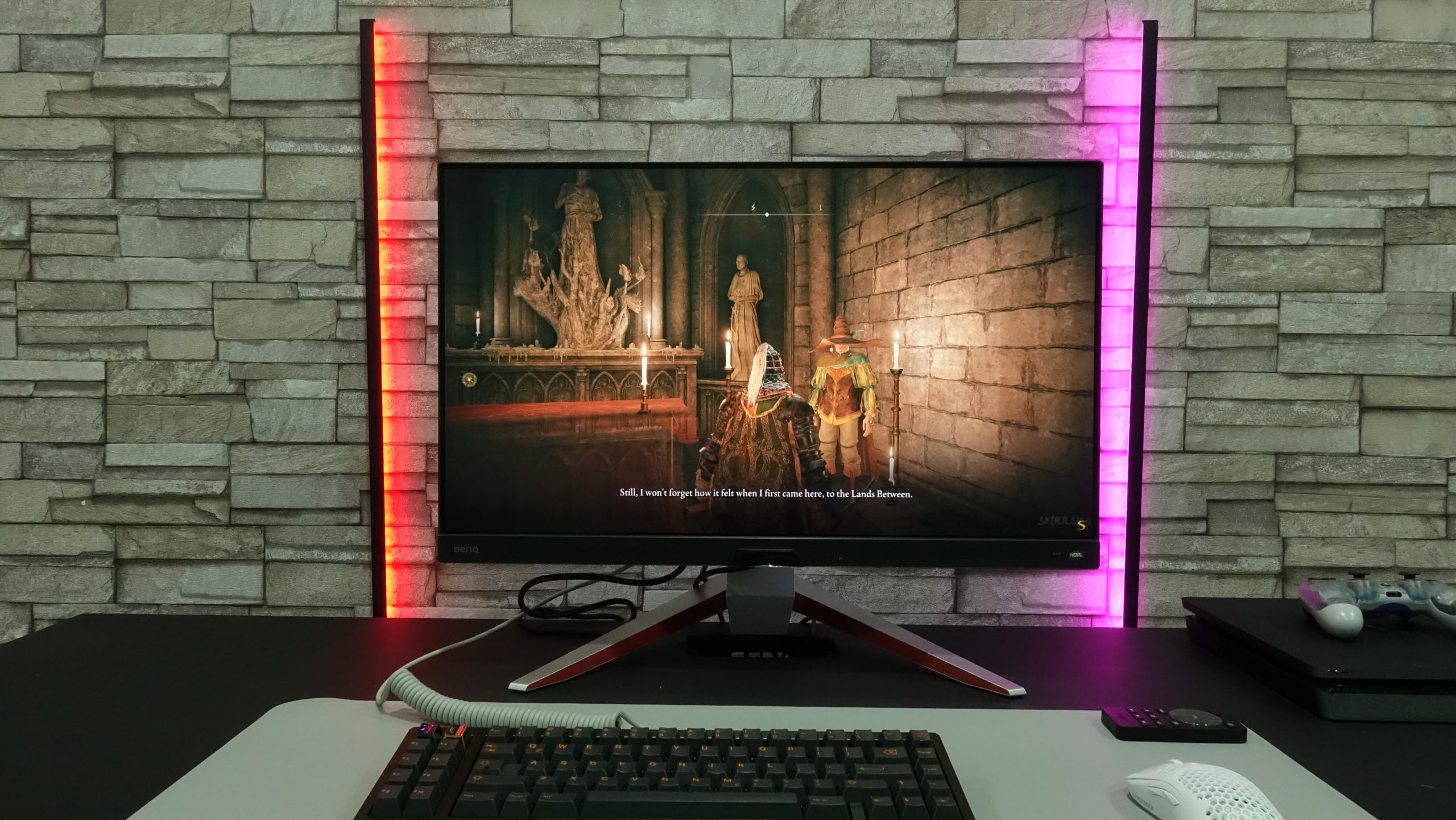
The Tales Japanese role-playing game (JRPG) series comes from a rich history of seventeen titles released across multiple generations of platforms that spanned over 25 years.
Its latest entry, Tales of Arise (TOA) is the first in the series to be available in the next-generation consoles – PS5 and Xbox Series X|S. But the game is also playable on PS4, Xbox One and PC.
SPECS
PRICE: From S$79.90 (PC; PS4, version reviewed; PS5; Xbox One; Xbox Series X|S)
GENRE: Action role-playing
With the aim to invigorate the series for existing and new audiences, TOA is the brainchild of a group of the series’ veterans and young talents, helmed by Mr Minoru Iwamoto who had worked on past Tales Of titles.
The plot begins with two characters, Alphen and Shionne. Each is from different worlds but form an unlikely bond based on overlapping purposes. As various events unfold, conflict in their agenda will cause polarising views and debate.
In TOA, the presentation is multi-faceted. They appear as either a cutscene, comics storyboard, anime-style, floating text lines and even the good old text boxes. These alternating modes make the experience fresh and interesting.

Instead of using an in-house engine as in past releases, TOA is built using the Unreal Engine 4. With the introduction of a new graphics shader that is inspired from anime and watercolour painting, it allows for a vivid outlook on the characters, environments and special effects. As a result, every minute you spend in the game is visually pleasing.
FOR
+ Engaging plot and activities
+ Beautiful and stunning presentation
+ Various customisation options
AGAINST
– Minor bugs
– Confusing add-on packs
As more characters join your party, you will learn more about the story and turn of events like an interactive movie. There are short exchanges, or skits, between relevant party members that will pop up from time to time. Good thing is that you can skip to review all of them later. This ensures that you don’t miss out on segments that allow you to understand each character and their personality better.

While the varied interactions are entertaining and pleasant, some art style and approach from past titles are not adopted in this game. For example, the static face panels that punctuate many unspoken and comical moments in Tales of Vesperia are omitted.
Exploring around the map is now less overwhelming, as the areas are openly linear. You can venture out of the way or focus on the main objective. From the menu, you can identify quests that await your attention. Completing them also provides further insight to relevant characters.
There are hidden items inconspicuously located within the nooks and crannies of the enclosure. Some areas require backtracking due to the level requirements. As usual, there are various items to scour and collect. And these are in turn used or traded accordingly.
One activity I have grown fond of is cooking. Based on the items and ingredients available, you will be able to whip out delicious-looking meals that provide buffs for your party.
Battle scenes are one of the frequent encounters in the story and there is never a dull moment. The core Linear Motion Battle System remains. This allow complete freedom to engage, evade and counter.

A new Boost strike system allows you to chain skills and abilities combos with party members. And the resulting over-the-top effects are a sight to behold.
While you play as one of an active party of four, you can call upon the assistance from a member outside the party to channel a skill, or swap with an existing party member mid-battle to change your strategy. There is no couch co-operative mode in TOA, so absolute control is given to the main player.
Character customisation is largely expanded with unlockable skills and preferred play style. You can make changes to the hairstyle, costume, attachments and weapon skins. You can unlock them within the game but there are some that are uniquely bundled as content add-ons.
Some of these costume items seem out of place but understandably they appeal to specific audiences and fans of related game titles such as Code Vein and Idolmaster. I would describe the fusion of such costume packs as the Tales version of the “Multiverse”, a buzzword that is growing popular recently due to pop culture in movies and television dramas.

Visual pop-ins and audio synchronisation are random and sparse. None are game-breaking though, and they probably will be addressed in future patches.
JRPGs are known for their grind before you get to the best parts. TOA is no different, but players who want a short cut can opt to purchase premium packs to speed up the process.
All add-on packs need to be claimed in-game in order to work. Thus, you have the freedom to apply them when you wish to. This may be confusing at first when you wonder why some boosters are somehow not activated.
Nonetheless, TOA provides a familiar and fresh experience to ardent fans while keeping it accessible to newcomers.
VERDICT
Fans of past titles may miss features that are not present, but this will still scratch the itch for a fresh and enjoyable outing as expected from a Tales Of entry.
RATING
9/10






